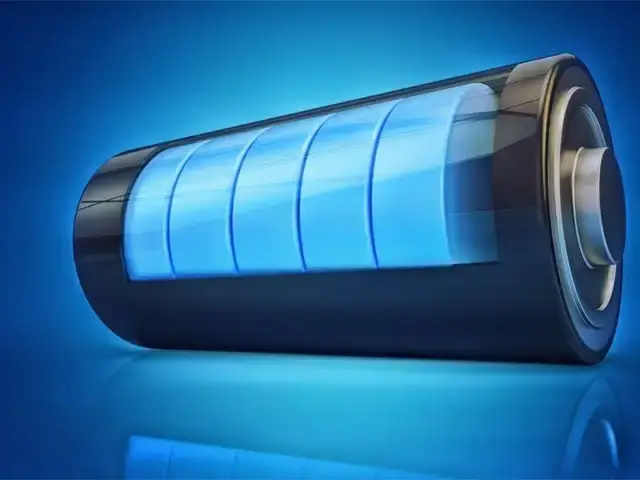Scientists have discovered a revolutionary technology to make solid batteries from lithium and sulfur that could be a better alternative to the current lithium-ion batteries used in our phones, cars, and other electronic devices because they have a higher energy storage capacity.
These batteries can store more energy than conventional batteries. This means that if this battery is used in an electric vehicle, its range will be doubled in one charge.
These batteries will be made from readily available materials, which will make them environmentally friendly and cost-effective.
This advancement “Revolutionary Technology” offers several key benefits:
- Enhanced safety: Solid-state batteries are less prone to thermal runaway and fire hazards compared to traditional lithium-ion batteries, as solid electrolytes are non-flammable and more stable at high temperatures.
- Higher energy density: Solid-state batteries have the potential to achieve higher energy densities, meaning they can store more energy in the same volume or weight, leading to longer-lasting and more powerful battery systems.
- Longer lifespan: Solid-state batteries typically have longer cycle life and retain their capacity over a greater number of charge-discharge cycles compared to conventional lithium-ion batteries, making them ideal for applications requiring durability and longevity.
- Faster charging: Solid-state batteries may enable faster charging rates due to improved ion conductivity within the solid electrolyte, reducing charging times and improving overall efficiency.
- Versatile design: Solid-state batteries offer flexibility in design and form factor, allowing for more compact and lightweight battery packs suitable for various applications, including electric vehicles, portable electronics, and renewable energy storage systems.
Lithium and Sulfur solid batteries had difficulties due to problems in the formation of sulfur cathodes. This material is not efficient at transferring electrons and can expand and contract as it charges, which means it runs the risk of being damaged and not working effectively.
What is Lithium?
Lithium is a chemical element with the symbol Li and atomic number 3. It is the lightest metal and the lightest solid element. Lithium is highly reactive and flammable, and it is stored in mineral oil to prevent its oxidation.
One of its most significant applications is in rechargeable lithium-ion batteries, which power a wide range of electronic devices such as smartphones, laptops, and electric vehicles. Due to its high energy density and long lifespan, lithium-ion batteries have become increasingly popular for energy storage in various industries.
Lithium also has pharmaceutical uses, primarily in the treatment of bipolar disorder. It functions as a mood stabilizer, helping to alleviate symptoms of mania and depression in patients with bipolar disorder.
Additionally, lithium compounds are utilized in industrial applications such as ceramics and glass production, lubricants, and air conditioning systems. Despite its relatively low abundance in the Earth’s crust, lithium plays a crucial role in modern technology and medicine.
What is Sulfur?
Sulfur is a chemical element with the symbol S and atomic number 16. It is a non-metal and occurs naturally in various forms, including pure elemental sulfur, sulfide minerals, sulfates, and organic compounds. Sulfur is typically yellow in color and has a distinct odor often described as rotten eggs.
One of sulfur’s most common uses is in the production of sulfuric acid, which is widely used in various industrial processes such as fertilizers, detergents, and petroleum refining. Sulfur compounds are also essential in the manufacturing of rubber, paper, and pharmaceuticals.
In nature, sulfur plays a crucial role in biological processes. It is a component of amino acids like cysteine and methionine, which are building blocks of proteins. Sulfur is also involved in the synthesis of vitamins like biotin and thiamine. Sulfur compounds are found in many minerals, ores, and fossil fuels, and sulfur dioxide (SO2) is a common air pollutant emitted from the burning of fossil fuels. Efforts to reduce sulfur emissions from industrial processes and vehicles are important for mitigating air pollution and its associated health and environmental impacts.
Now scientists have created a new cathode material by forming a crystal with the help of sulfur and iodine. Iodine makes this material 100 billion times better at charge transfer than sulfur alone.
These crystals can easily melt at low temperatures (under a cup of hot coffee). This means that the crystal can melt after being charged and return to its original state after the charging process.
Doing so can help deal with the problem of electrode damage from the continuous charging process.




Pingback: Scientists observe explosions more powerful than 50 million suns - guestpostsellers